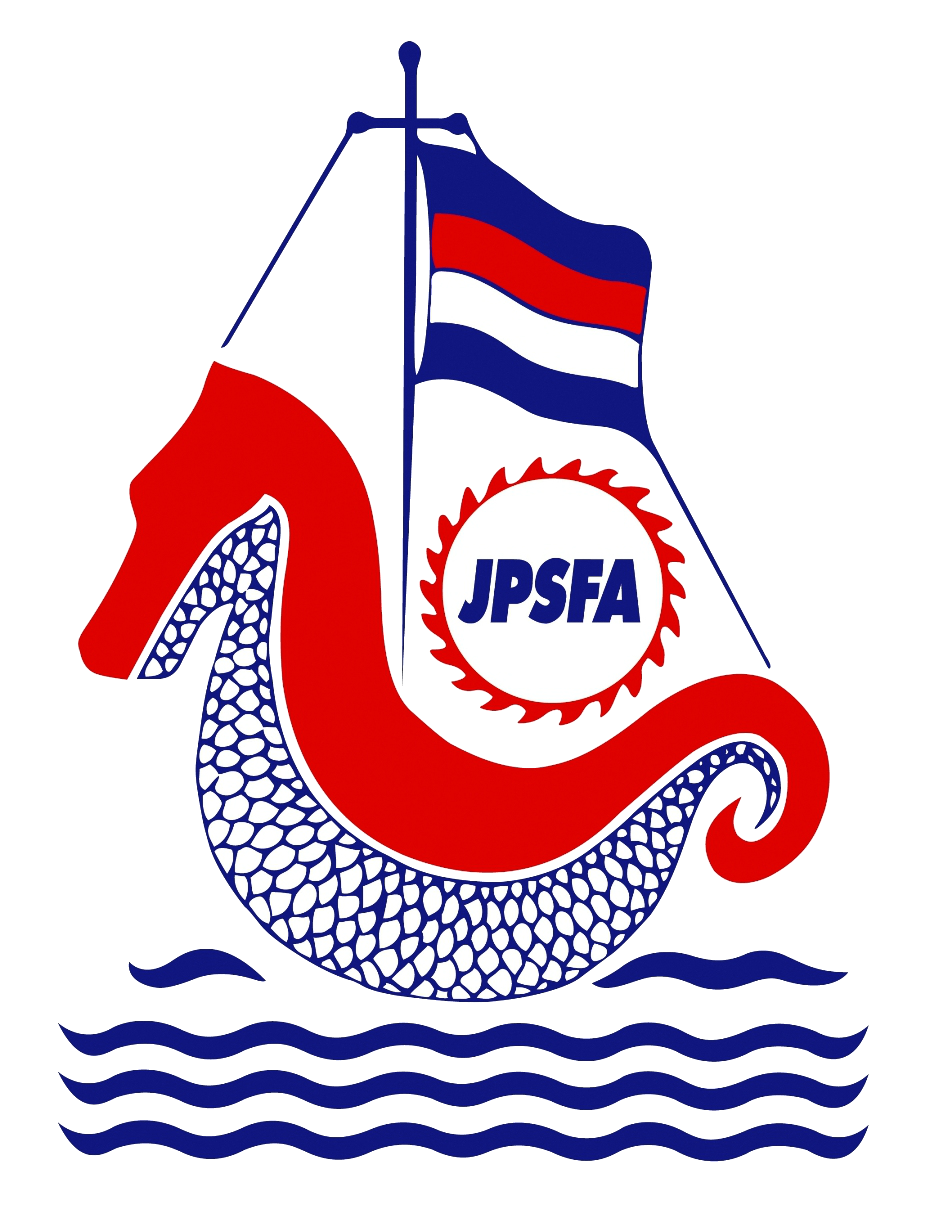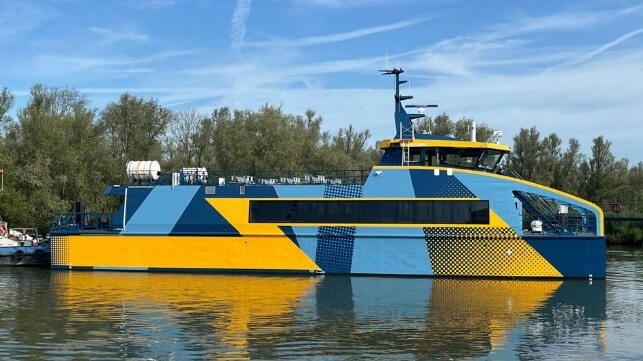The first fully electric seagoing vessel in Germany, a catamaran ferry, has completed its acceptance trials and is preparing to be deployed. It joins a growing number of battery-powered ferries that are demonstrating the growing opportunities for electric power.
The vessel, E-Kat, designed and built by Damen Group was launched on June 29 in Gorinchem, Netherlands. It was expected to make its first test runs during the summer as outfitting was being completed. Slightly behind schedule, the owner of the vessel AG Reederei Norden-Frisa reports the acceptance trials were completed on January 15. They said that means the necessary permits, insurance, and official approvals have been completed ahead of the beginning of service.
The company also reports that the charging infrastructure of the battery power system with a maximum capacity of 1,800 kW has also been largely installed. They have also completed full power charging tests at the pier.
“All formalities have been completed,” says Michael Garrelts, technical inspector at AG Reederei Norden-Frisia. “If the weather plays along, the E-Kat will arrive in Norddeich in January.”
The ferry is built of aluminum with a length of approximately 106 feet (32.3 meters) and a capacity for up to 150 passengers. It has a payload of 11,250 kg.
The first-of-its-kind ferry for Germany will operate at speeds of 16 knots (19 maximum capability) between Norddeich in western Germany on the North Sea and the Norderney, one of the East Frisian Islands. That will make it possible to reduce the travel time by almost half to just 30 minutes. They expect to make up to eight trips a day.
Propulsion is two propellers driven by electric motors each with 600 kW and two 75 kW electric bow trusters. The battery and power system was developed by a Dutch company EST-Floattech which provided its Octopus High Energy battery system.
Once docked in Norddeich, the E-Kat will be recharged using the shore power connections. A full charge will take approximately 28 minutes and will give the ferry power for the round trip. The distance between the port and the island is approximately 11 km (7 miles).
“Our long-term goal is to create a closed cycle of electricity production and electricity consumption,” says shipping company board member Cal-Ulfert Stegmann. He notes that they have already installed photovoltaic systems at the company’s buildings in the port and on the island. It is also providing charging stations for electric vehicles.
Reference : https://maritime-executive.com/article/germany-s-first-fully-electric-seagoing-vessel-completes-trials

